ACME XP60: Oberheim Xpander Reborn!
Expand your studio with this Oberheim Xpander recreation.
One of the best synthesizers of the 1980s is set to live again with the ACME XP60.
ACME XP60
If you were to name the best synthesizers of the 1980s, one would surely be the Oberheim Xpander. A six-voice analog desktop synth, it was notable for being the first appearance of a modulation matrix and for offering a massive variety of routings and synthesis options, like 15 different filter types and lag, ramp, and tracking generators. It was bested only by Oberheim’s own Matrix-12, which doubled the voice count and added keys.
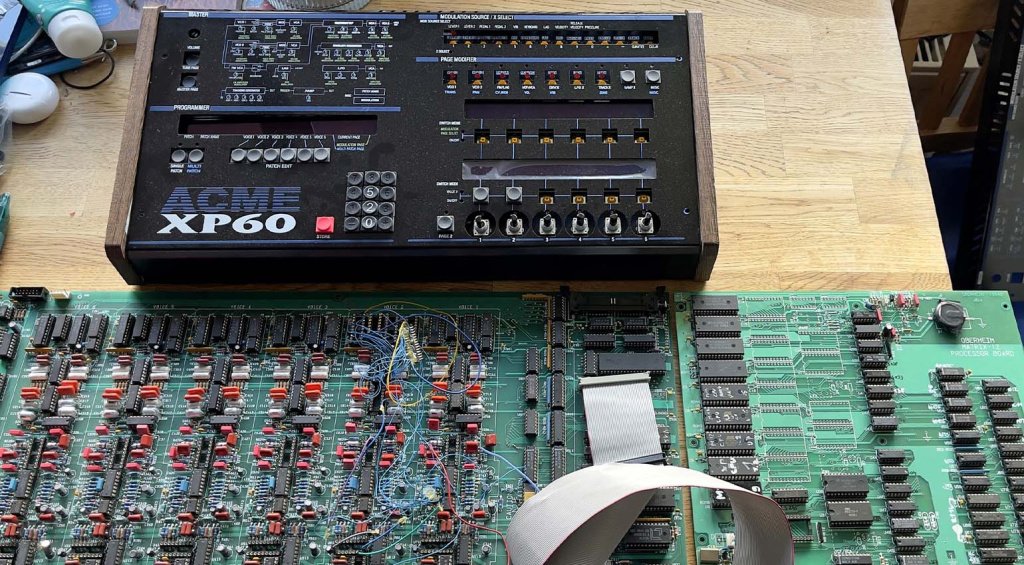
Because of its complexity, we haven’t had a real physical recreation of one show up… until now. Amazona.de has reported that developer Markus Malik of Acme Synthworks is working on a clone of the Xpander. Called ACME XP60, it’s a small-batch boutique Xpander in a slightly reduced size but with all of the power of the original.
Size Doesn’t Matter
Malik’s ACME XP60 is smaller than the original, which despite not having any keys has a formidable footprint. This new version is designed to not only sit well on a table but also to fit into a 19” rack – convenient. Despite the smaller size, it retains a number of design choices of the original, including three LCD screens. New, however, are the control LED rings with customizable colors.
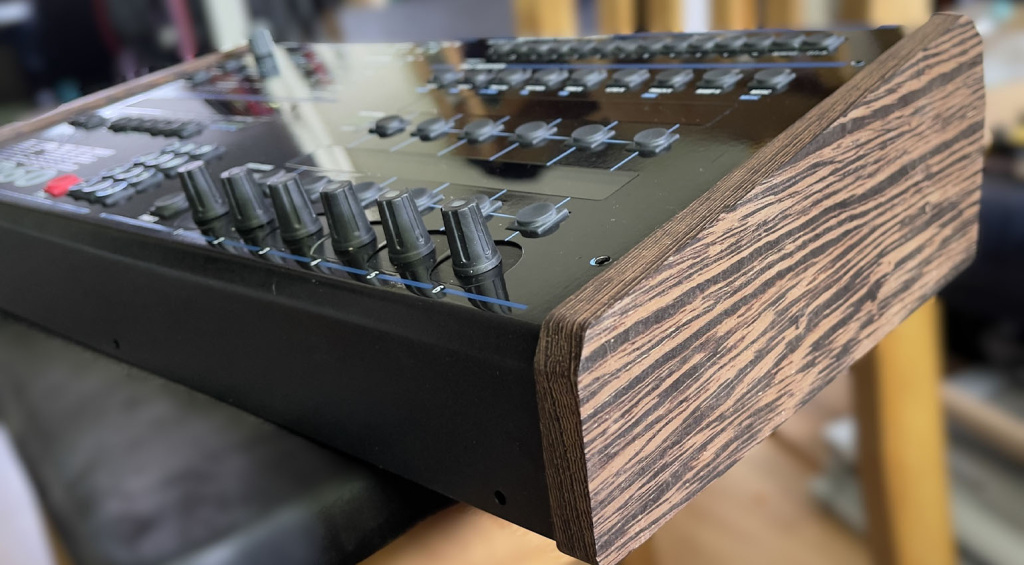
Let the Chips Fall
The original Oberheim Xpander used Curtis chips for its two oscillators per voice and multimode filter. Thankfully, clones of the CEM3374 Dual VCO and CEM3372 VC Mix-VCF-VCA circuits exist today. Malik even built a prototype with original oscillator ICs and did a blind comparison, finding that the new chips sound identical.
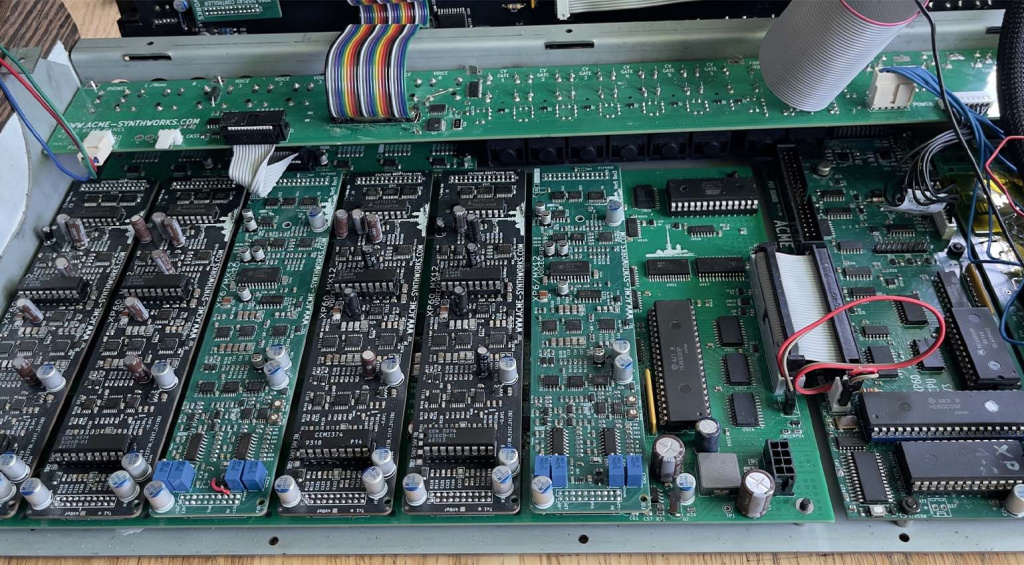
Firmware
Given the complexity of the modulation routing, which was done entirely with software in the Xpander, Malik has chosen to retain the original firmware for the XP60. However, staying with the original firmware would restrict it to mid-80s technology, such as SysEx rather than MIDI CC messages.
Pricing and Availability
The ACME XP60 is still some ways off. Malik still needs to optimize some of the electronics and power supply, and also decide what to do about the firmware. Because of this, it’s hard to say when it will be ready to go. However, Malik is planning a small initial run of 50 units with a possible larger run if things work out. Price is to be decided.
If you want that mid-80s Oberheim sound but don’t want to wait for the new hardware, Arturia makes a software version of the Matrix-12 plus an emulation of its filter.
What do you think? Are you interested in buying the ACME XP60? Let us know in the comments.
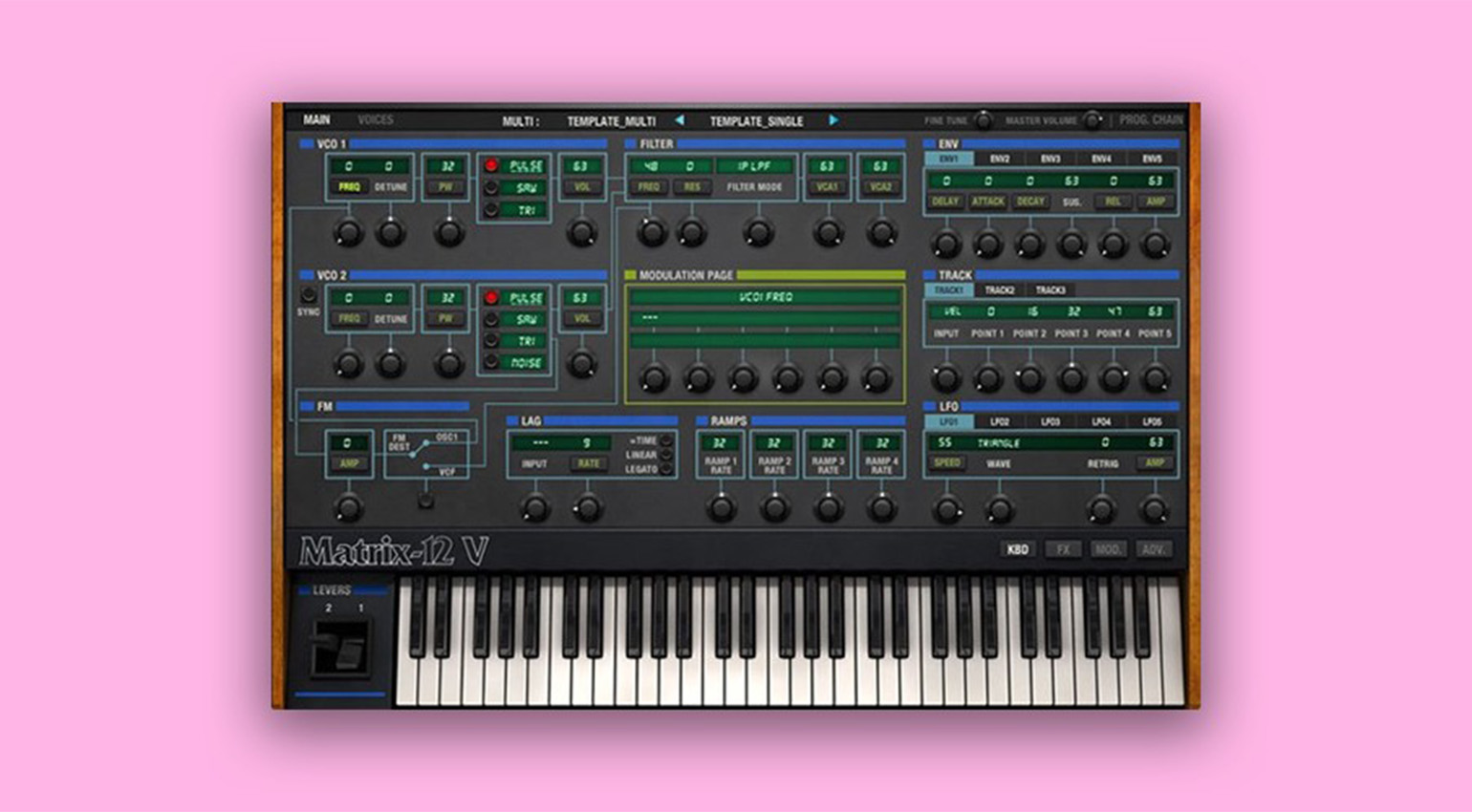
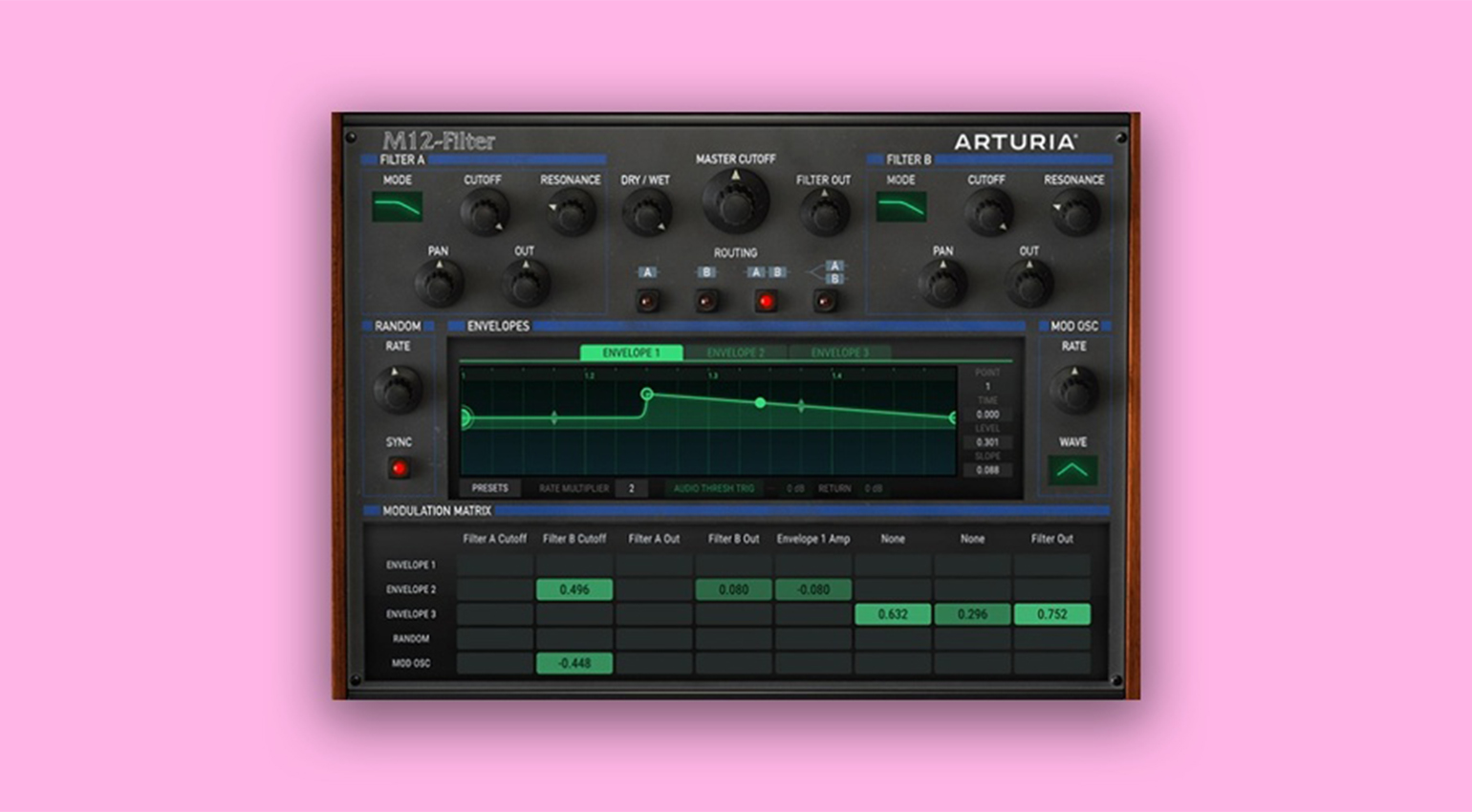
More Information
- Acme Synthworks home page
- All about Oberheim
- All about synthesizers
*Note: This article contains advertising links that help us pay for this site. Don’t worry: the price for you will always be the same! If you buy something through these links, we will receive a small commission. Thank you for your support!
5 responses to “ACME XP60: Oberheim Xpander Reborn!”
You are currently viewing a placeholder content from Facebook. To access the actual content, click the button below. Please note that doing so will share data with third-party providers.
More InformationYou are currently viewing a placeholder content from Instagram. To access the actual content, click the button below. Please note that doing so will share data with third-party providers.
More InformationYou are currently viewing a placeholder content from X. To access the actual content, click the button below. Please note that doing so will share data with third-party providers.
More Information 4,4 / 5,0 |
4,4 / 5,0 | 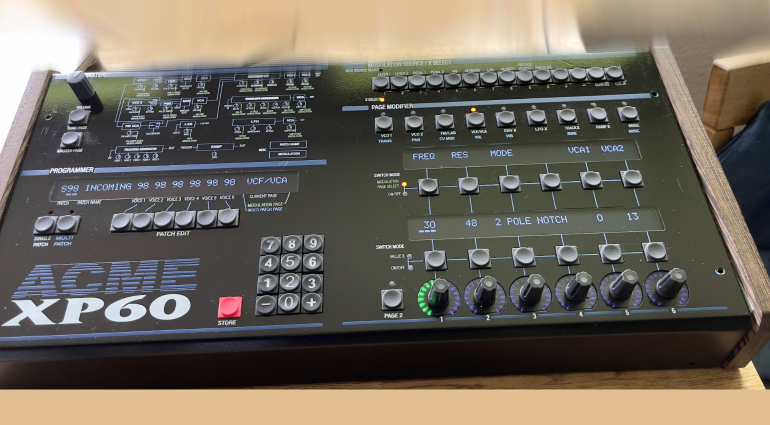


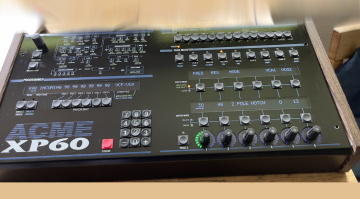

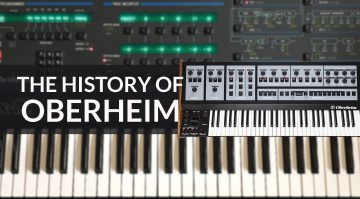
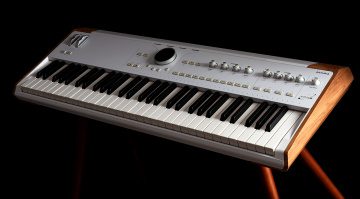
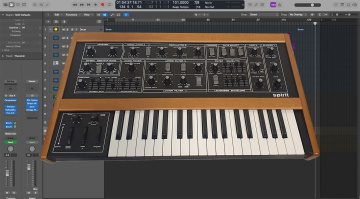
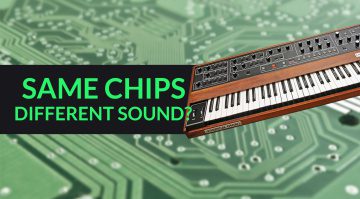
This looks interesting! The expander was / is an absolute classic, with some great sound potential. I hope this comes to fruition soon.
like to have faster envelopes than the original
Yes – that’s what I came here to write. I hope that his use of the original firmware doesn’t make us get stuck with slow envelopes again! I’m sure whatever processor he uses will be about 1000 times faster than the original so there’ no valid excuse.
I play with an Oberheim Xpander but am prepared to buy a clone if it will fit in a 19″ rack. I congratulate the people behind this magnificent work and look forward to hearing when it goes into production.
The Xpander is my favorite sounding synth of all time. In fact, I think Arturia’s Matrix-12 sounds better than my OB-6 and OB-X8 (no offense, Tom!). So the possibility of an Xpander clone is really intriguing. I would love to be able to buy one of these first 50!